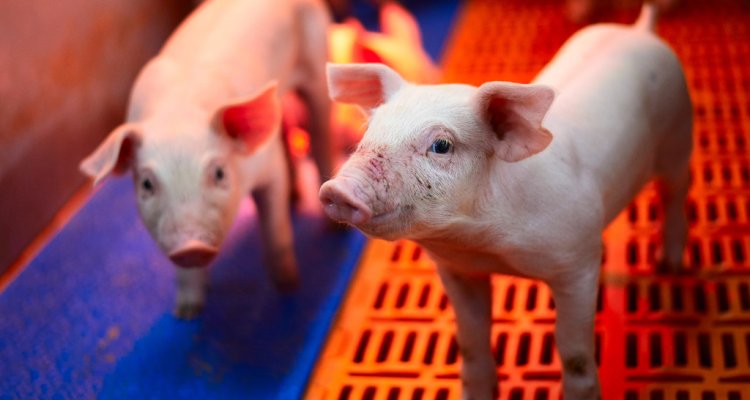
News
Variance estimates could continue to be estimated using pedigree relationships
Currently variance estimates are estimated using pedigree-based relationships. As the number of genotyped animals increases, new methods of building or approximating the genomic relationships have been developed. Researchers of Wageningen University & Research conclude that there are advantages to using the new methods of building genomic relationships, but it is still appropriate to continuing using pedigree when estimating variance components.
The genetic variances estimated using the pedigree relationships tended to be higher compared to the three genomic methods. Differences in variances estimates were relatively small with no significant differences in repeatability or heritability. Variances estimates calculated from either of the four methods, would provide similar breeding values and no change in animal ranking.
As pedigree relationships are currently used and the easiest method to implement, the research suggests they still be used for variance estimation. For large datasets that require sub-setting, and traits that fit a permanent environmental effect, there could be a benefit from fitting one of the genomic relationships.
Variance components
Variance components are used for a large number of reasons. Importantly they provide insight to the repeatability and heritability of a trait, and are used in animal models for estimating breeding values. Typically variance components have been estimated using pedigree based relationship matrices.
However, the number of animals genotyped is continuing to increase and more processes use genomic information. As the number of genotyped animals increases the computational requirements also increase, which has led to the development of new methods to build the genomic relationship matrix. These new methods are now used for the estimation of breeding values. The researchers tested if the estimation of variance components should also reflect these changes.
Methods tested
Four methods of building the relationship matrix were tested. The first, was the current method that uses the pedigree based relationships. The second, was a typical genomic relationship built using available genotypes. The third, was a genomic relationship matrix that includes metafounders. Metafounders, are pseudo-individuals that are added to replace the unknown ancestors that founded a population. The final method, was to build the genomic relationship matrix with the Algorithm for Proven and Young animals (APY).
The APY is a method used to significantly reduce the computational requirements of inverting the genomic relationship matrix. It approximates the inverted matrix by computing most elements based on a small group of genotyped animals that represent the entire population. A dataset from Topigs Norsvin that included ten traits was used for this analysis.